Identifying PCB Components: A Step-by-Step Guide
Printed Circuit Boards (PCBs) are the backbone of modern electronic devices, from simple gadgets to complex machinery. Knowing how to identify the various components mounted on a PCB is crucial for troubleshooting, repair, and development.
This article provides a comprehensive guide to recognizing common PCB components and understanding their functions.
Introduction to PCB Components+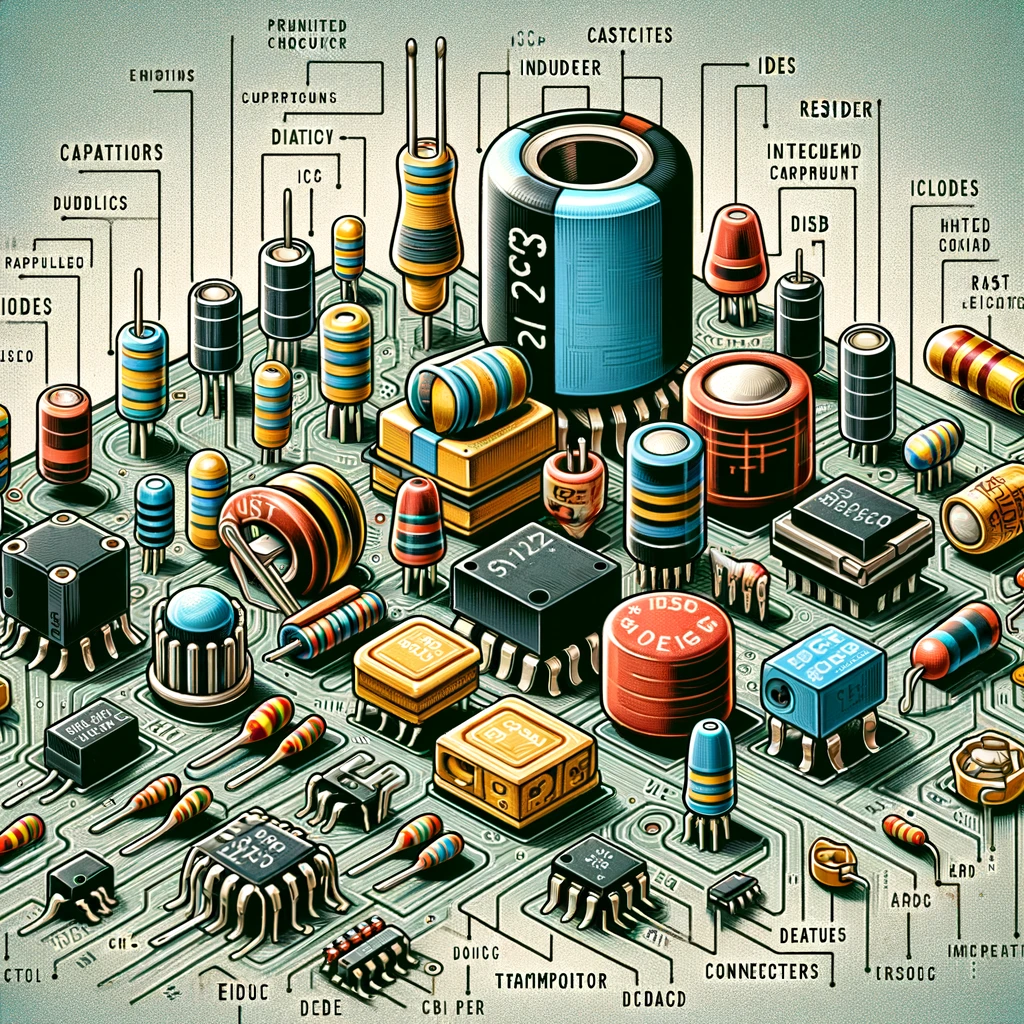
PCBs are densely populated with various electronic components that work together to perform specific functions. These components can be broadly categorized into active and passive elements, each playing unique roles in the electronic circuitry.
Recognizing Common PCB Components
Resistors
Resistors are perhaps the most ubiquitous components on a PCB, identifiable by their color-coded bands that indicate resistance values. They are used to limit current flow and adjust signal levels.
Capacitors
Capacitors store and release electrical energy, featuring prominently in filtering, decoupling, and energy storage applications. They can be identified by their cylindrical or disc shape and are often labeled with their capacity value.
Inductors
Inductors, used for filtering, tuning, and energy storage, are recognizable by their coil of wire. They work by generating a magnetic field as current flows through them.
Diodes
Diodes allow current to flow in one direction only, functioning as electronic check valves. They are identified by their distinct symbol and usually have a black body with a gray stripe indicating the cathode.
Transistors
Transistors, the building blocks of digital circuits, are used as switches or amplifiers. They can be identified by their three-legged design and are categorized into bipolar junction transistors (BJTs) and field-effect transistors (FETs).
Integrated Circuits (ICs)
ICs are complex circuits contained within a single package, performing a vast array of functions. They are identifiable by their rectangular shape and multiple connecting pins, with a unique identifier printed on their surface.
Connectors
Connectors facilitate the connection of the PCB to other PCBs or external devices. They vary greatly in size and shape, depending on their application.
Tools for Identifying PCB Components
- Multimeter: Essential for testing and verifying the functionality of components.
- Magnifying Glass or Microscope: Helps in inspecting small or densely packed components.
- Component Datasheets: Provide detailed information on component specifications and pin configurations.
Tips for Identifying Components on a PCB
- Understand the Circuit: Familiarize yourself with the overall design and function of the circuit. This knowledge can help in identifying components based on their location and connection.
- Refer to Schematics: Schematic diagrams provide a blueprint of the PCB layout and component details.
- Use Identification Guides: Various online resources and books offer detailed guides on component identification.
- Practice: Regularly working with PCBs enhances your ability to quickly and accurately identify components.
Common Challenges and Solutions
Identifying components can be challenging due to miniaturization and high component density. Solutions include using high-quality visual aids, staying updated with new component types, and consulting with experienced technicians or engineers.
Conclusion
Identifying PCB components is a fundamental skill in electronics that requires practice, patience, and a keen eye for detail. Whether you’re a hobbyist, technician, or engineer, mastering this skill can significantly improve your ability to troubleshoot, repair, and design electronic circuits.
By familiarizing yourself with the components and employing the right tools and techniques, you can navigate the complex world of PCBs with confidence.
Share:
More Posts
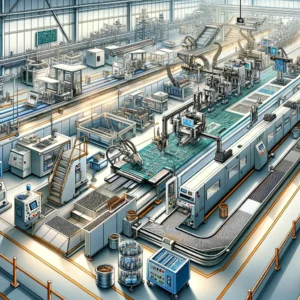
PCB Thickness: Everything You Need to Know
PCB Thickness: Everything You Need to Know PCB thickness is a crucial aspect of printed circuit board design and manufacturing that impacts board performance, durability,
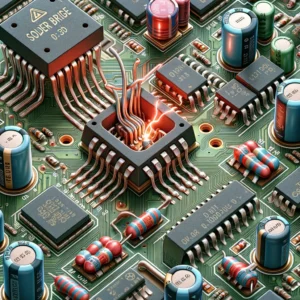
SMT Stencil: A Comprehensive Guide
SMT Stencil: A Comprehensive Guide Surface Mount Technology (SMT) has revolutionized the electronics manufacturing industry, enabling the production of smaller, more efficient, and cost-effective printed
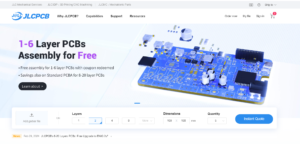
10 Best JLCPCB Alternatives for Your PCB Manufacturing Needs
10 Best JLCPCB Alternatives for Your PCB Manufacturing Needs In the ever-evolving world of electronics, finding the right PCB manufacturer is crucial for bringing your
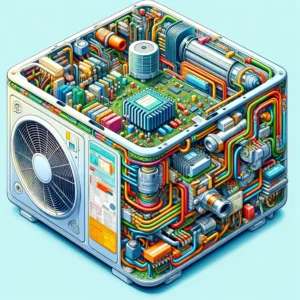
Latching Relays: A Complete Guide
Latching Relays: A Complete Guide Latching relays are specialized electromechanical devices that maintain their switched position even after the control signal is removed. This unique

